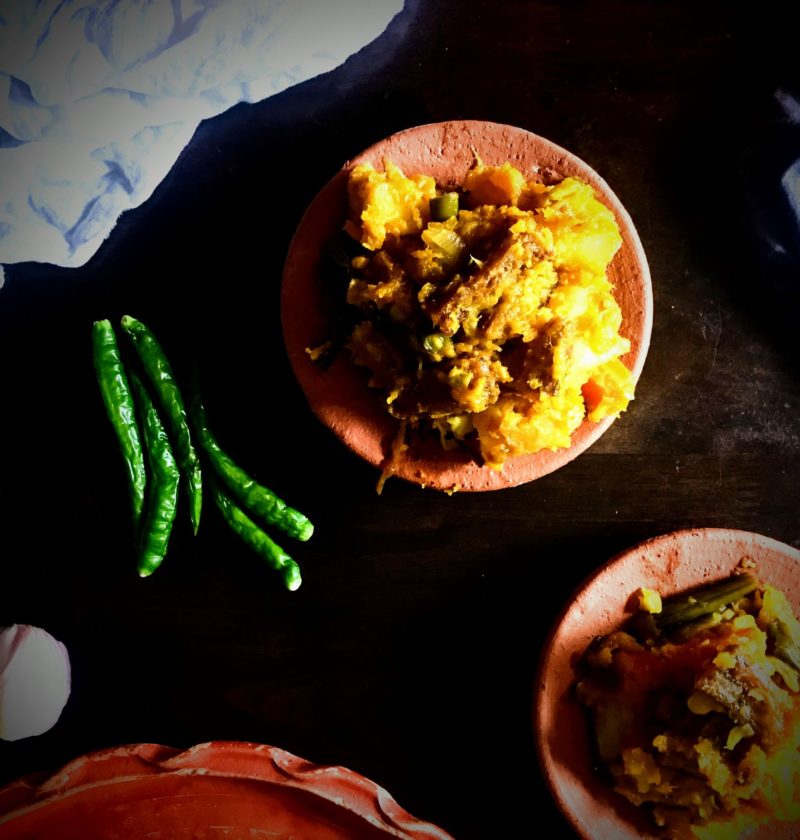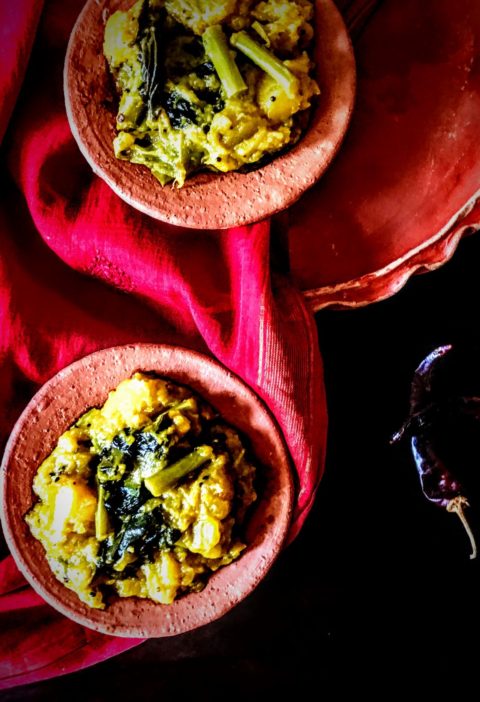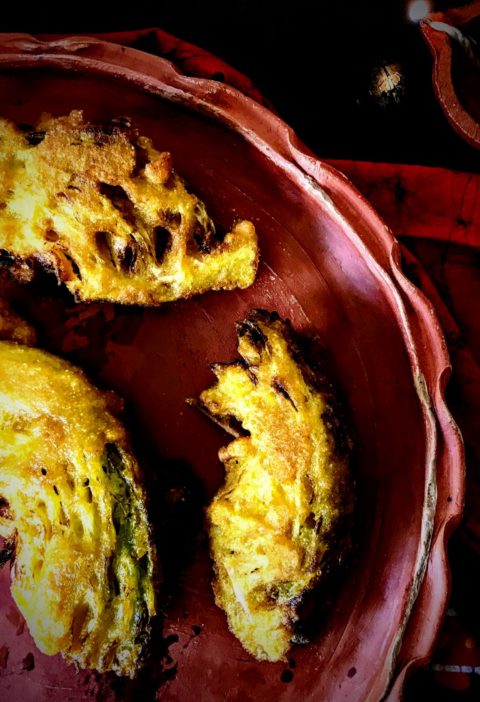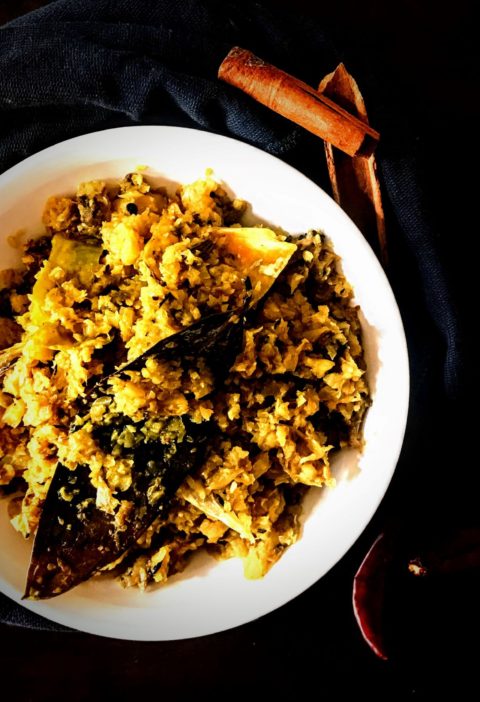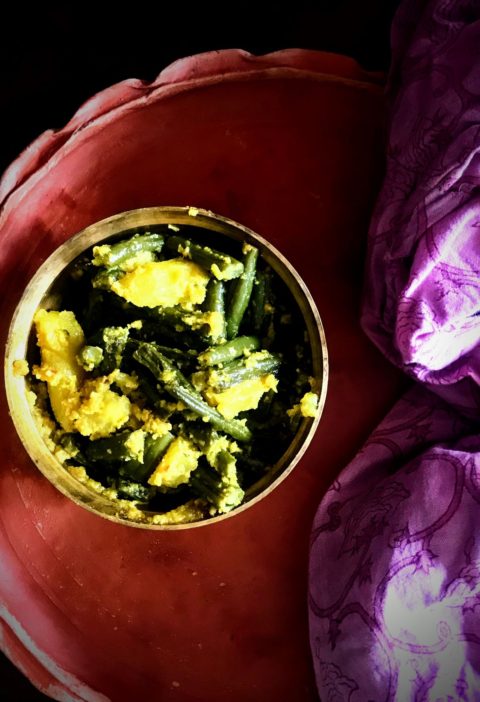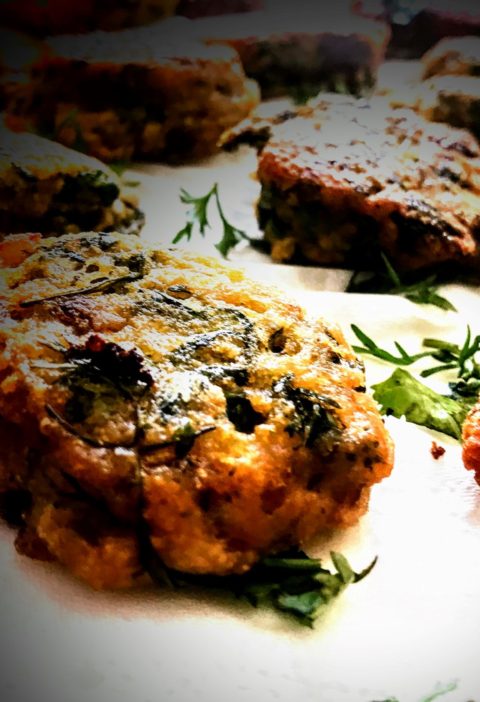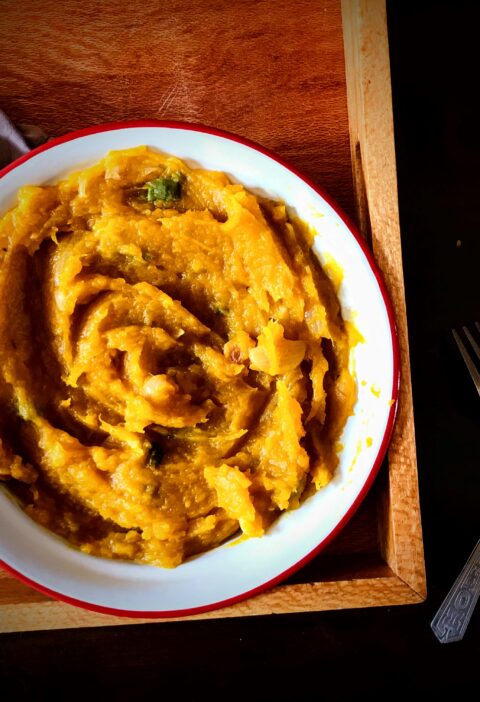‘Saving’, the word that we middle class Indians learn, if not the first one but one of the first for sure. Fortunately or unfortunately, it is not only the word but also the deep meaning of saving that we have been made to understand and the associated hardships, if not befriending the idea of saving from the very beginning. From the day we are born, in a way or the other we are introduced to the concept of saving. Our dresses as infant to toys to our feeding bottles are saved, in anticipation before the next baby is born in the family. And gradually as we begin to acquaint ourselves with this strange world, we see the concept of saving extended to dresses to gift wraps to shampoos to chocolates to pencil boxes to colour pencils etc. (Yes, my mother had saved mine and my brother’s childhood colour pencils which my son is actually using). In fact, the idea of saving is so imbibed in us that literally the feeling of guilt possess us for a while, if by chance we peel off the plastic from anything new, out of uncontrollable desire to peel off the plastic (you know what I am talking about 
However, if we dig deeper the aggressive tendency to save has a deep history to it. Since past, our culture had to fight adversities in the form of intruders, calamities, etc., which taught us to preserve anything in any form as possible. We had been saving vegetables and fruits in the form of pickles, jam or jelly etc. Food grains like wheat, rice and millets are sun dried and baked and stored, so that they can be consumed in scarcity. And the tradition of drying and preserving excess fish with an eye on the uncertain future is a reflection of the same effort. At a time when consumption completely depended on local catch, fishes like Pabda, Puthi, Tyangra and Hilsa, were dried for no fishing months. The most popular fish for drying was however Bombay Duck, which is also called Lotka or Loitta in Bengal.
Consumed for its strong pungent smell that can add flavour to any dull dish, Lotka Shutki is an acquired taste which develops after long trials of tasting and sobbing (all Lotka Shutki dishes are supposed to be extremely fiery). My today’s recipe post of ‘Dried Bombay Duck In Mixed Vegetable Or Shobji Diye Lotka Shutki’ was also not my childhood favourite, as I was not comfortable with the smell and of-course with the burning sensation. Hence, I did not consider the dish a profitable investment for my taste buds. But eventually with part effort from my Sylheti genes, part from my mother’s sincere cooking and part from the tireless skilled marketing efforts of my Sylheti family members, my tastebuds finally graduated to acquire the taste of beloved Lotka Shutki, so much that eventually the dish ‘Dried Bombay Duck In Mixed Vegetable Or Shobji Diye Lotka Shutki’ became one of my favourites.
Recipe: Dried Bombay Duck In Mixed Vegetable Or Shobji Diye Lotka Shutki
Preparation Time: Around 50 minutes Cooking Time: Around 1 hour 10 minutes Equipment Used: Chopping Board, Knife & Peeler, Wok, Indian Spatula, Bowls
Ingredients:
- Dried Bombay Duck Fish (9 pieces of around 7-8 cm from the pack)
- Around 30 cloves of garlic
- 2 big onions
- ¼th of 1 big pumpkin
- 1 radish
- 1 carrot
- 1 potato
- Around 15 pieces of beans
- 7 and ½ tablespoon mustard oil
- ¾ teaspoon turmeric powder
- 2 teaspoon salt
- 1 teaspoon sugar
- 4-5 green chillies
Method:
- Soak dry fish or Shutki in cold water
- Peel and chop the garlic and slice the onion
- Clean, cut and take out ¼th of pumpkin from the whole pumpkin, that you will use for this dish. Peel and cut the part to chunks
- Wash, peel and cut radish and carrot to chunks, similar to the size of pumpkin
- Clean, peel and cut the potatoes to big dices
- Cut the beans to around 3-4cm length
- Heat a wok
- Heat 4 tablespoon mustard oil in the wok, once the wok is hot
- Fry the dried fish pieces in the hot mustard oil after adding ¼ teaspoon turmeric powder and ½ teaspoon salt
- Shift the dried fish pieces from the wok to a container once they are crispy
- In the same wok heat another 3 and ½ tablespoon mustard oil
- Sauté the chopped garlic pieces in the hot oil
- Fry onion, once the garlic pieces are sauteed
- Chop green chillies into the wok, as onion pieces turn translucent
- Add the vegetables followed by ½ teaspoon turmeric powder, 1 teaspoon salt and ½ teaspoon sugar
- Stir and add fried shutki pieces
- Cover and let the vegetables cook on sim. Stir once or twice in between so that the vegetables do not get stuck to the pan
- Taste and adjust salt and sweetness when the vegetables are completely tender. I have added ½ teaspoon salt and ½ teaspoon sugar
- Switch off the flame and enjoy the dish with steamed rice and mushur dal
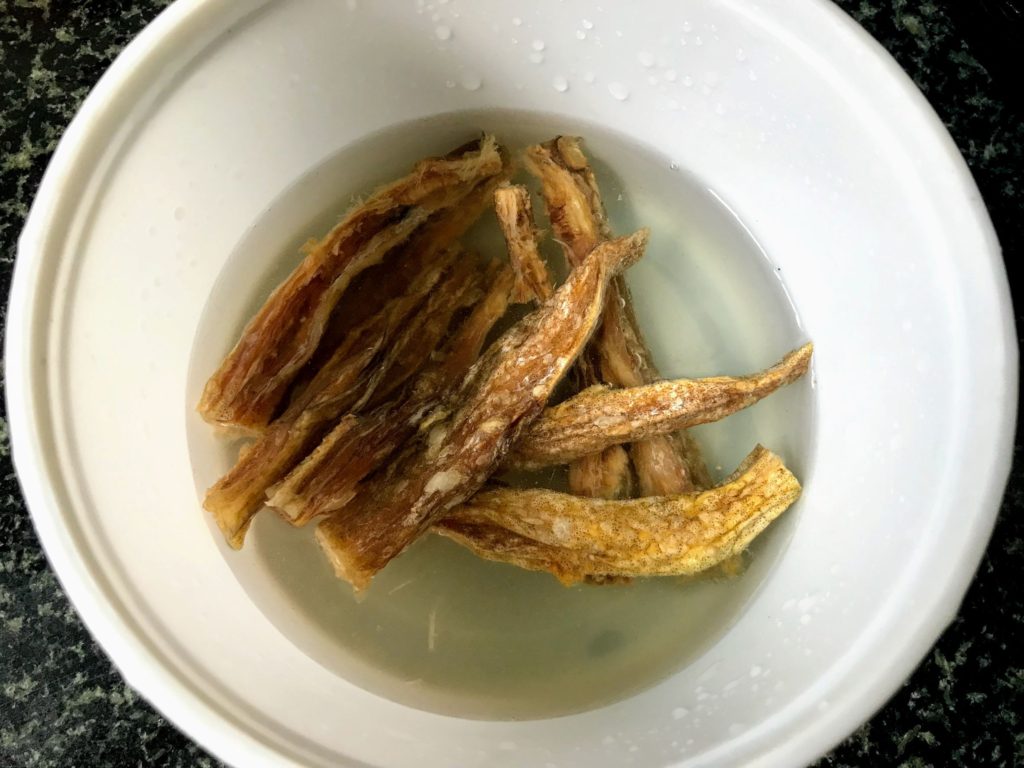
Soak dry fish or Shutki in cold water.
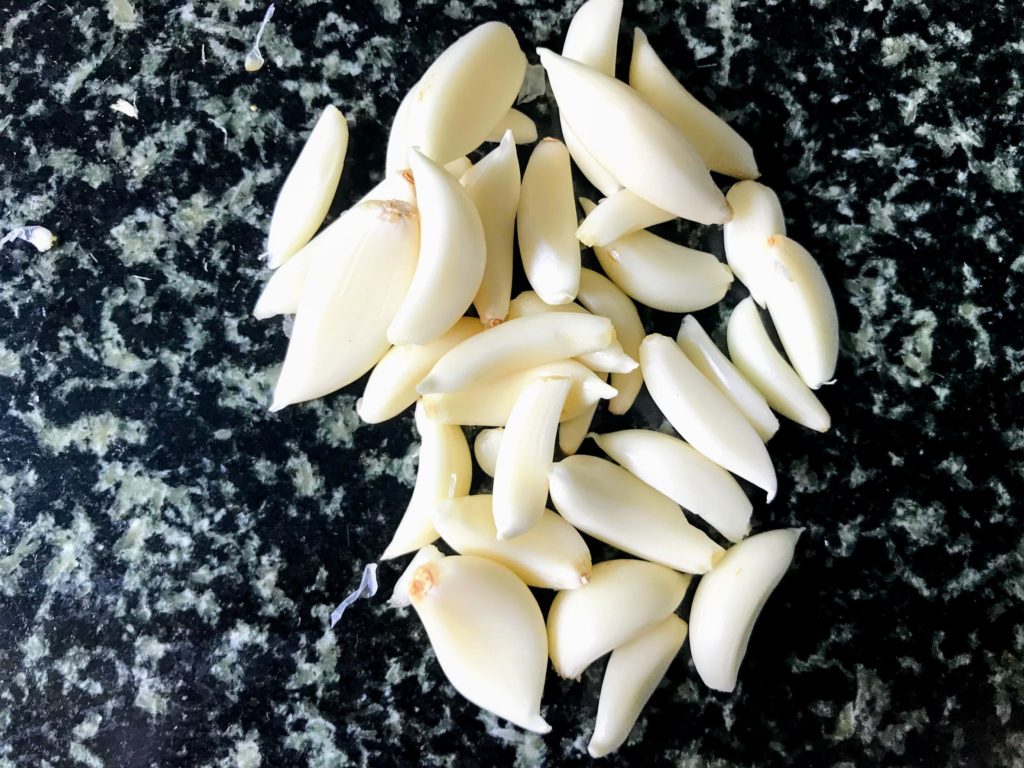
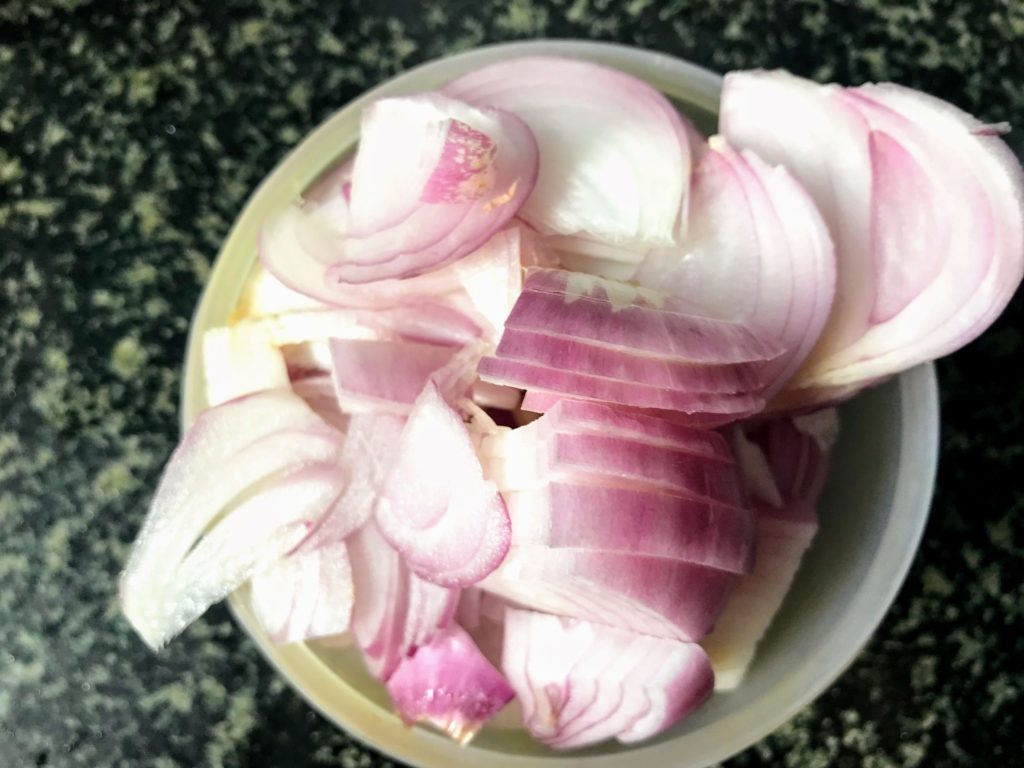
Chop the garlic and slice the onion.
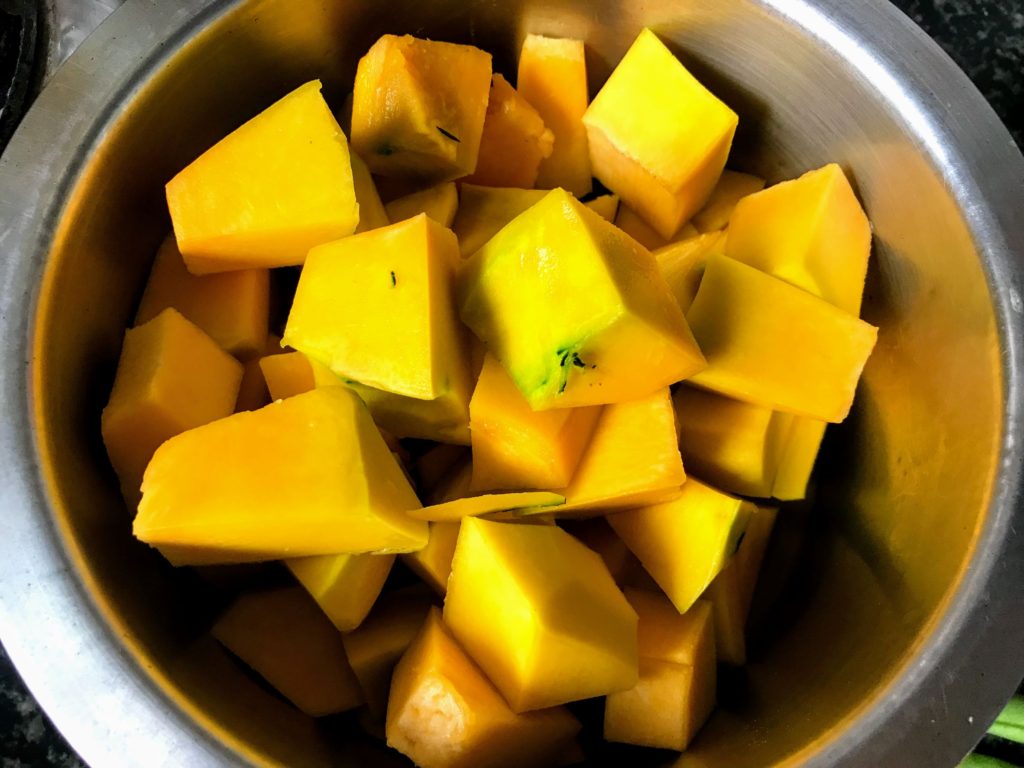
Peel and cut 1/4th pumpkin to chunks.
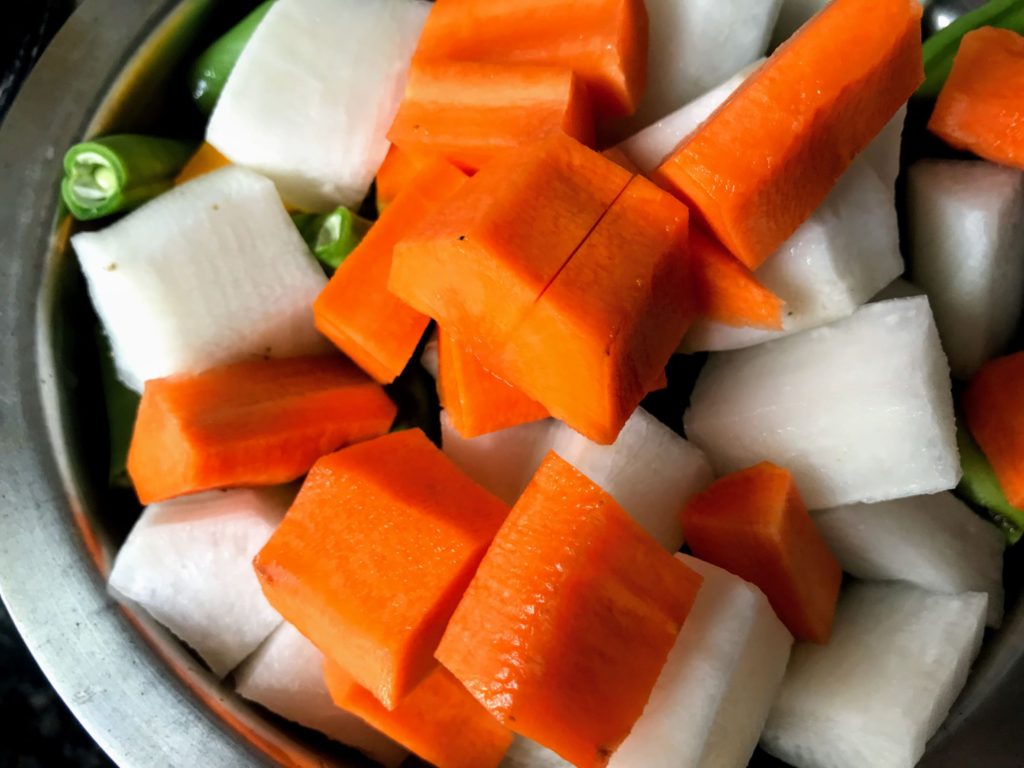
Wash, peel and cut radish and carrot to chunks.
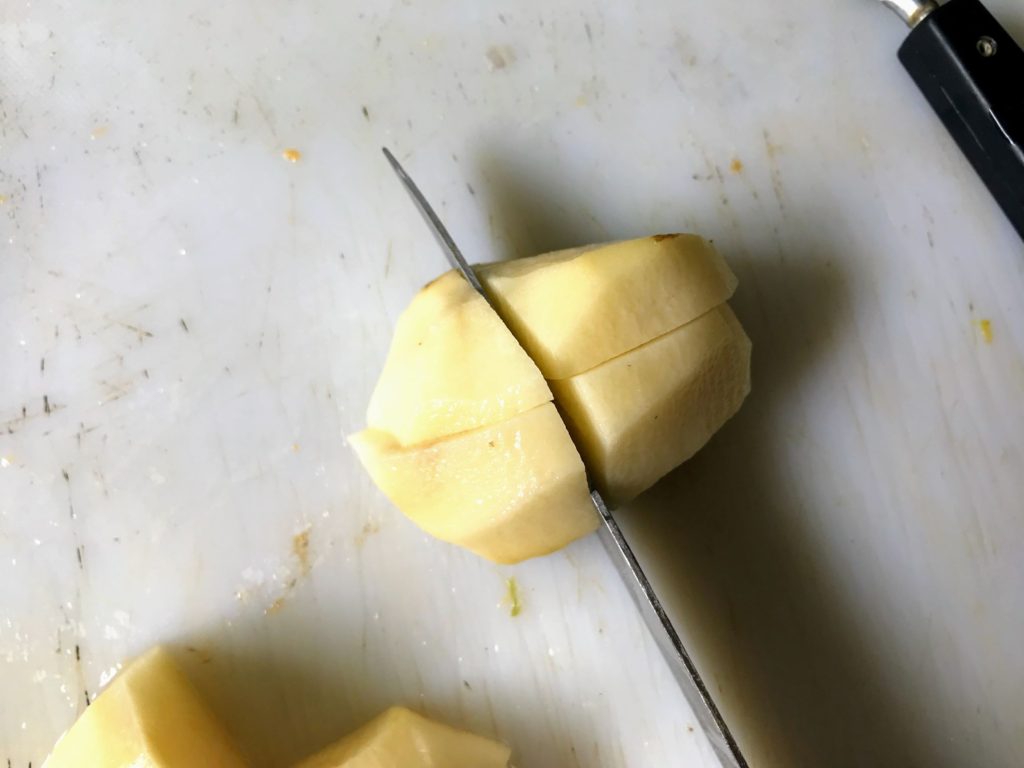
Cut the potatoes to big dices.
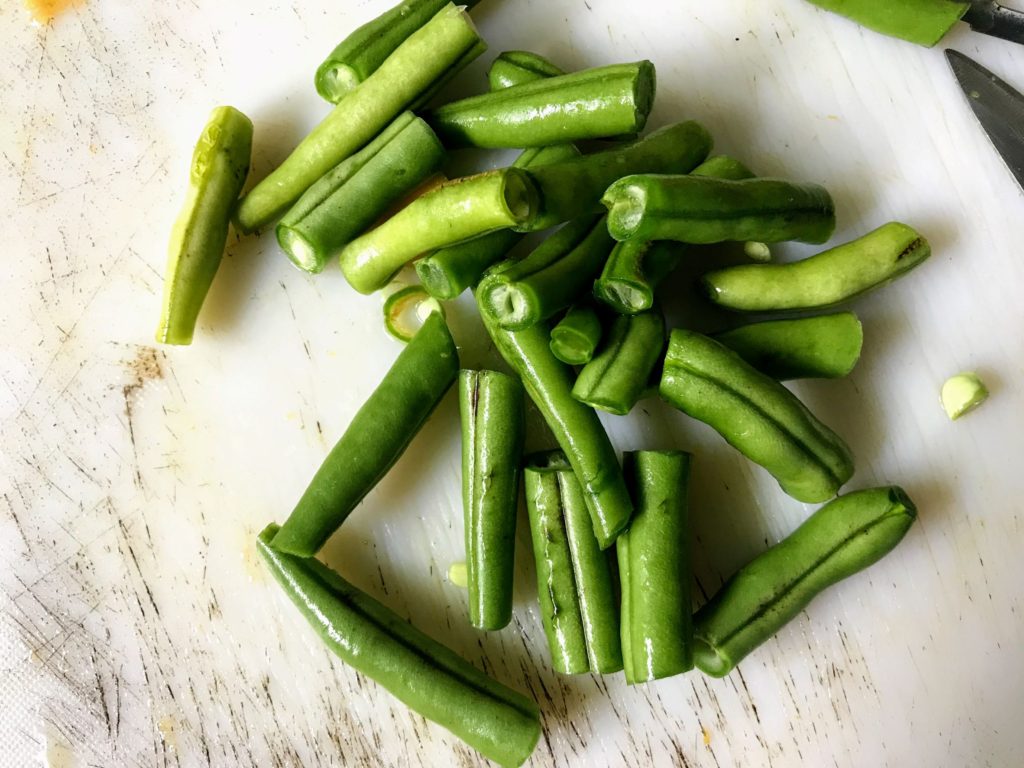
Cut the beans to around 3-4cm length.
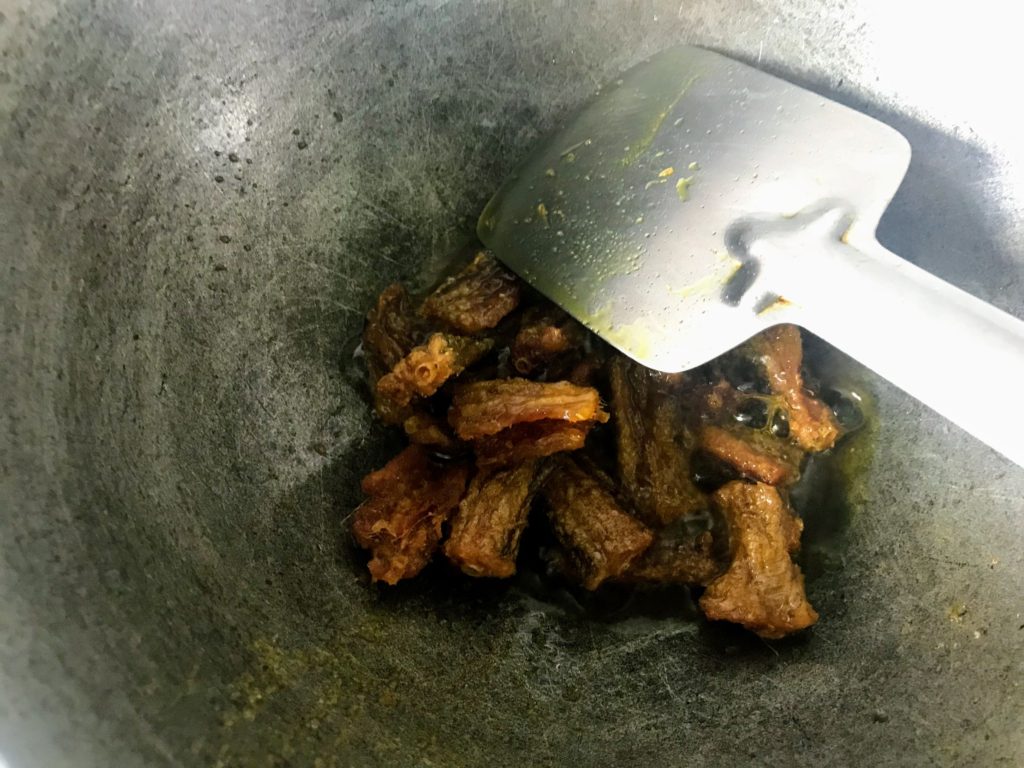
Fry the dried fish pieces after adding ¼ teaspoon turmeric powder and ½ teaspoon salt.
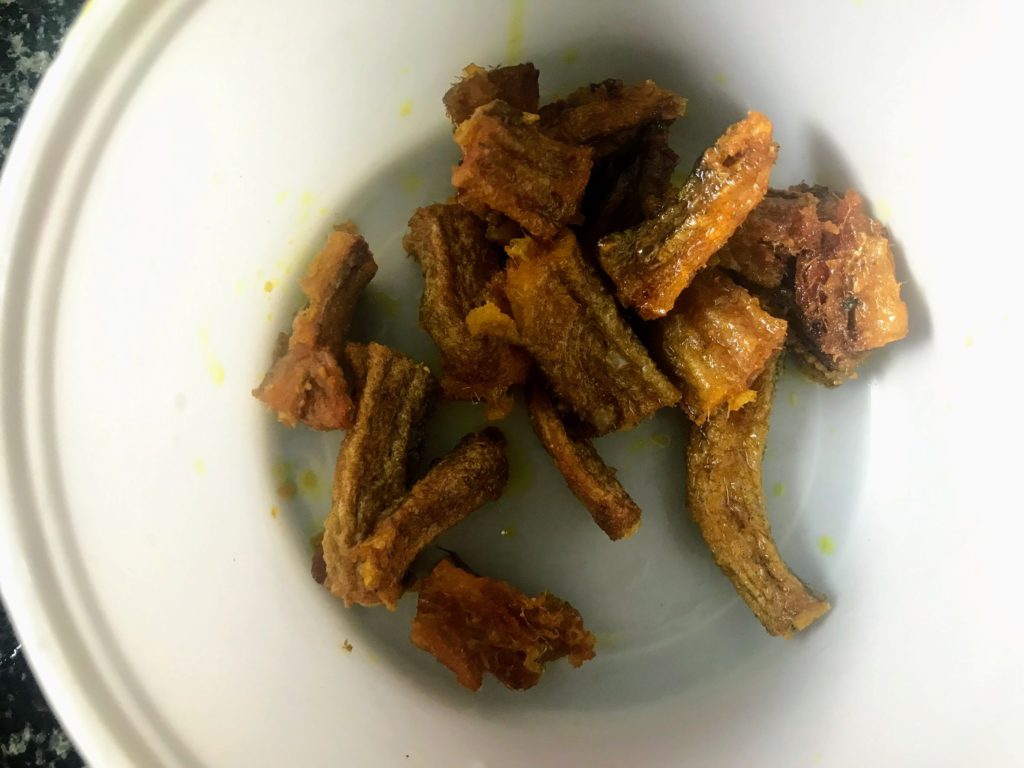
Shift the dried fish pieces from the wok to a container once they are crispy.
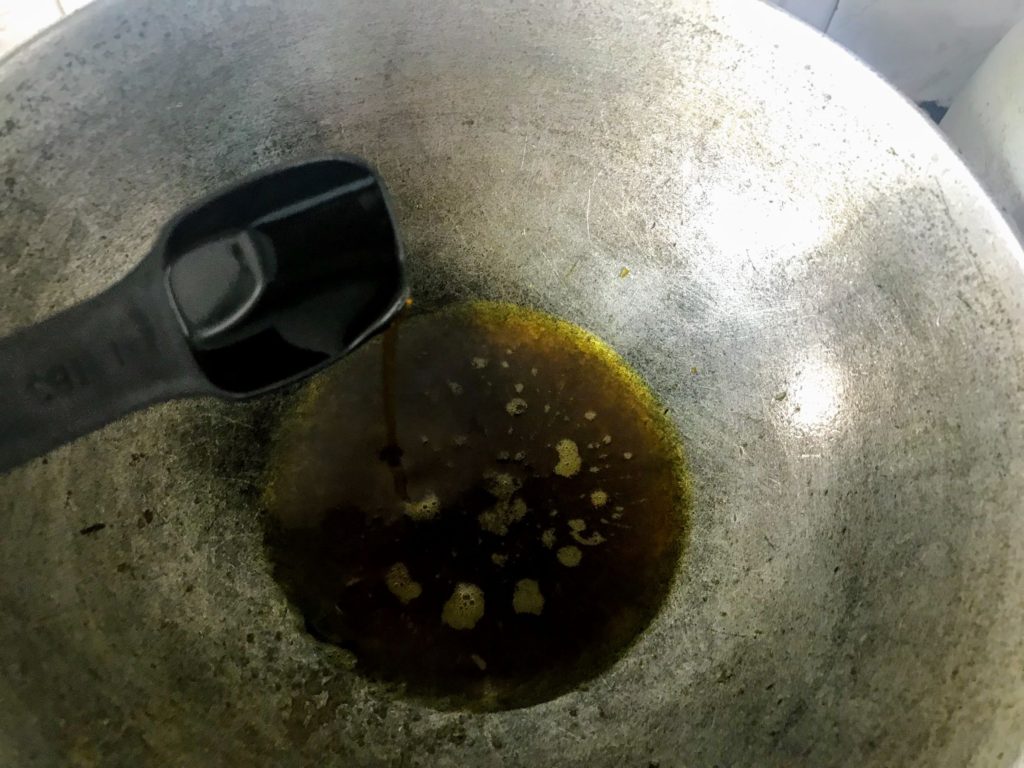
In the same wok heat another 3 and ½ tablespoon mustard oil.
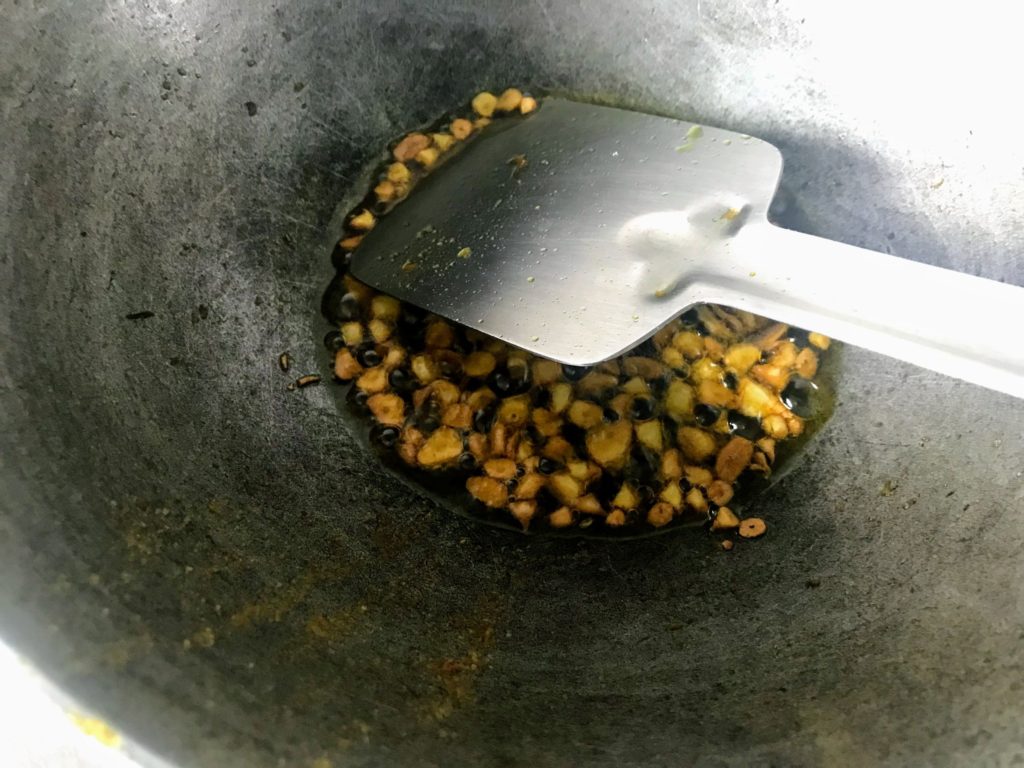
Sauté the chopped garlic pieces.
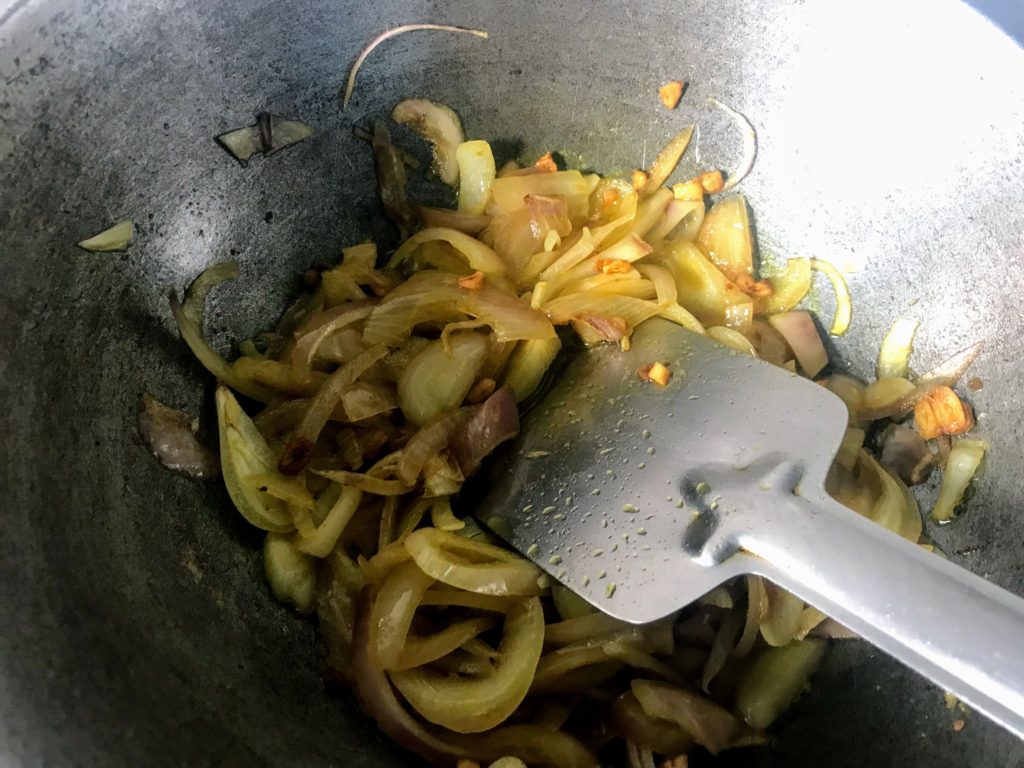
Fry onion.
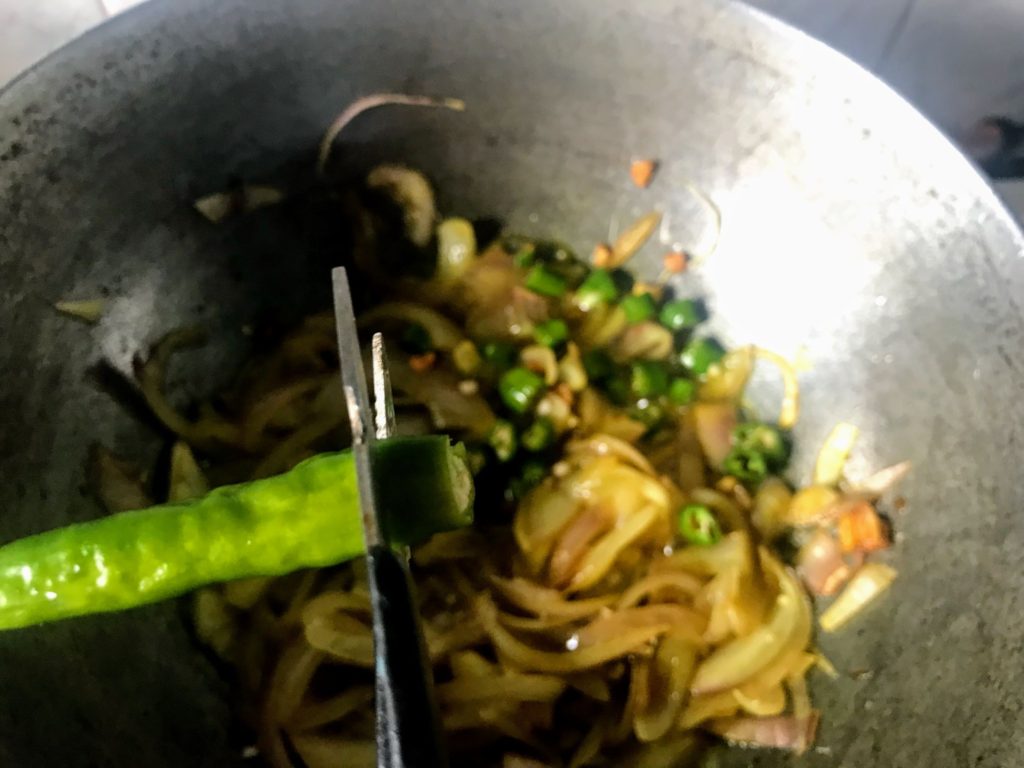
Chop green chillies into the wok.
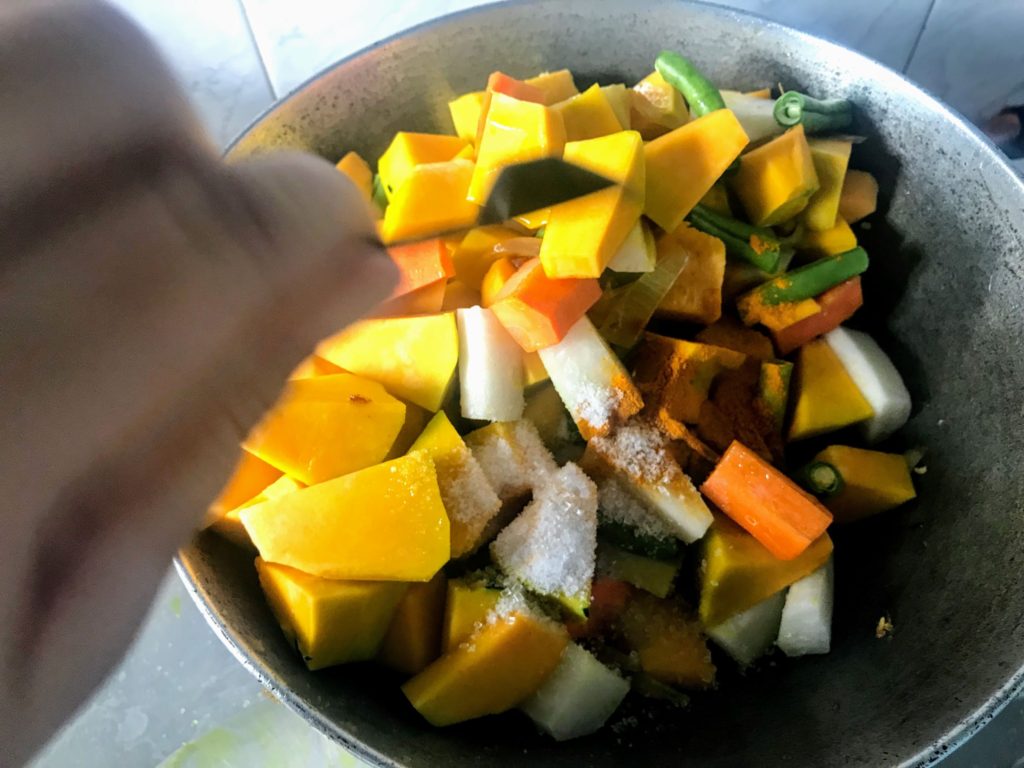
Add the vegetables followed by ½ teaspoon turmeric powder, 1 teaspoon salt and ½ teaspoon sugar.
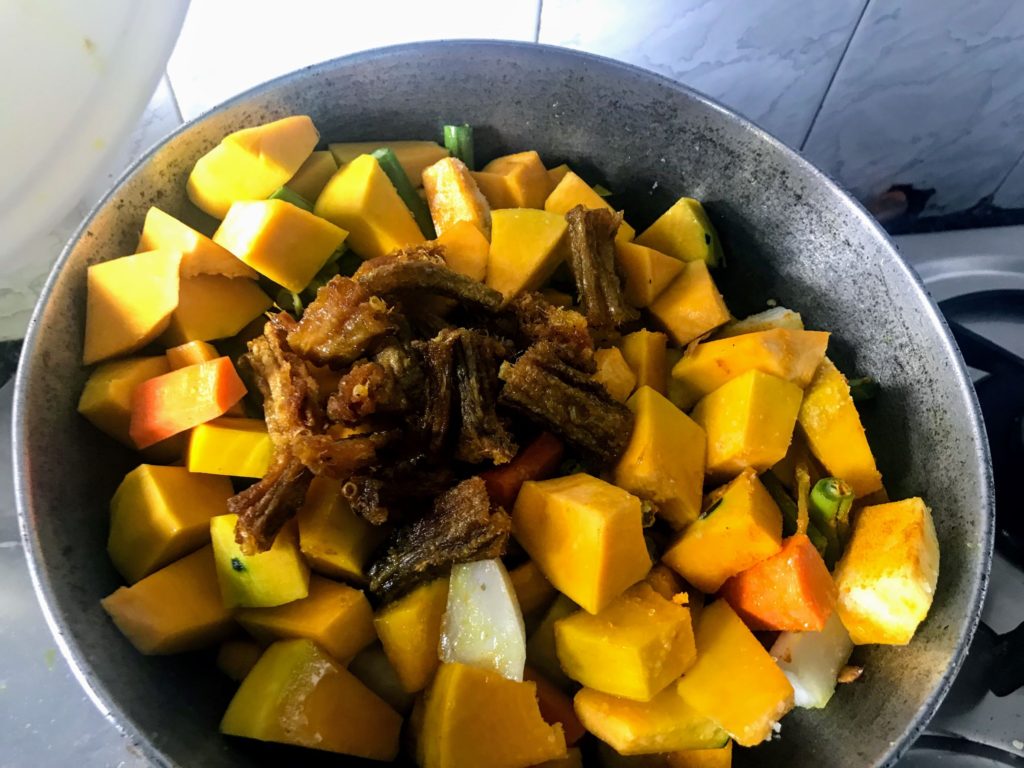
Stir and add fried shutki pieces.
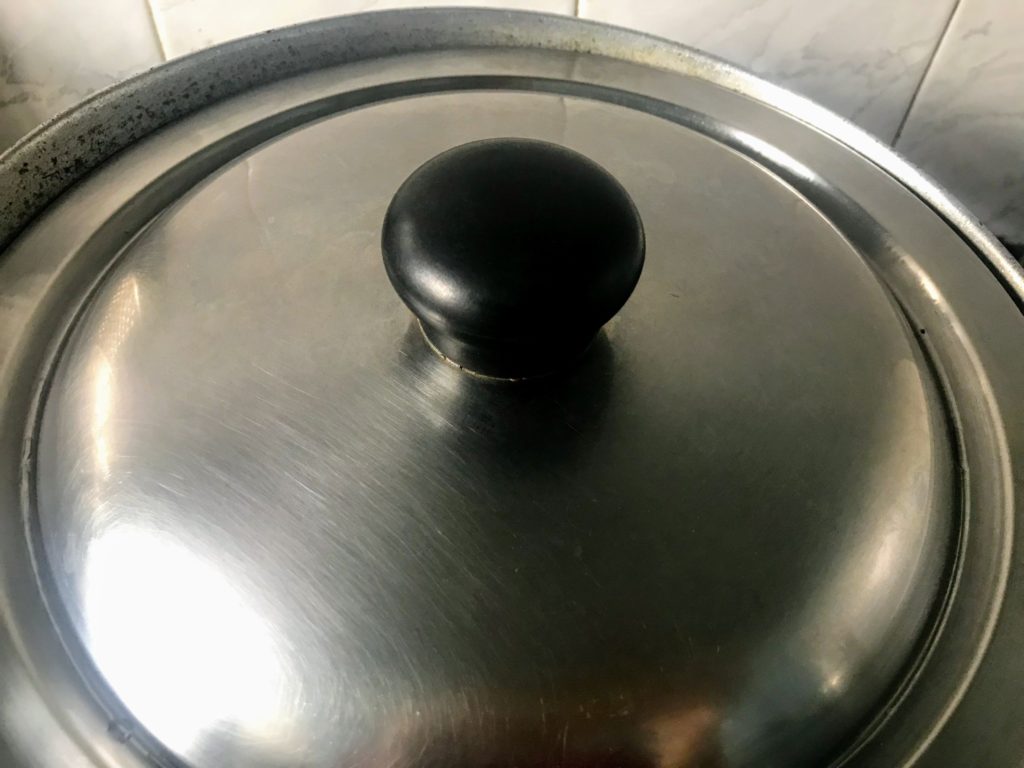
Cover and let the vegetables cook on sim.
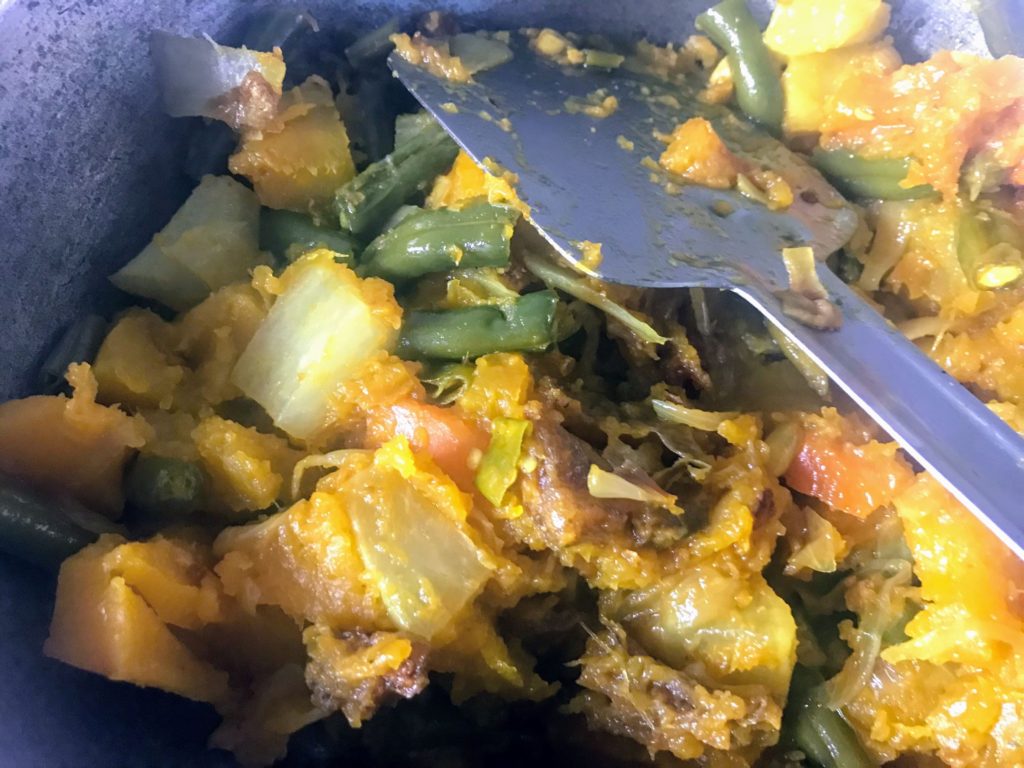
Taste and adjust salt and sweetness when the vegetables are completely tender. Switch off the flame and enjoy the dish
Tips:
- The exact size of cut vegetable pieces do not matter. But the pieces should be similar in size for even boiling
- While frying, cut the dried Bombay Duck pieces to half, if they seem quite big to manage
- You can add more green chillies as the dish needs to be fiery in taste
